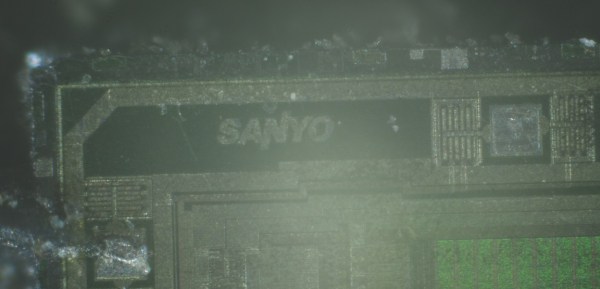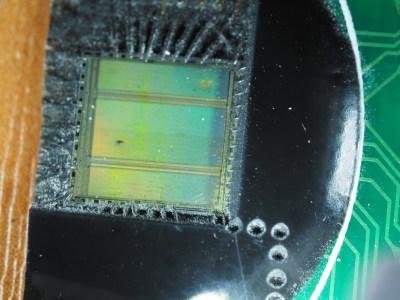Entries for the 2015 Hackaday Prize — the nine-month design contest that challenges you to build something that matters — closed one week ago today. There were over 900 entries and everyone at Hackaday has been blown away by the different approaches used to solve problems affecting a large number of people, and at the huge body of Open Hardware that has been documented by the process.
Today it is our pleasure to announce the 100 Semifinalists who will move on to the next round. Congratulations to you all on this accomplishment. These designs will continue to be refined as we approach the September 21st deadline where 10 finalists will be chosen by our expert judging panel: Akiba, Pete Dokter, Lenore Edman, Limor Fried, Jack Ganssle, Dave Jones, Heather Knight, Ben Krasnow, Ian Lesnet, Windell Oskay, Micah Scott, and Elecia White. The 10 finalists will go on to compete for the Grand Prize: A Trip into Space or $196,883.
For those who didn’t move on to the Semifinal round, please do not take this as a strike against your work. Don’t stop now, your ideas can still change the world!
Best Product finalists were announced in this post.
Browse the 2015 Semifinalists List or the full list of entries.
Continue reading “100 Semifinalists For The 2015 Hackaday Prize”




 The lack of traces between the two pushed [Jamie’s] curiosity past the tipping point. He didn’t have access to any nitric acid which is used in the customary chemical decapping process. He did, however, have access to a laser cutter. It turns out that
The lack of traces between the two pushed [Jamie’s] curiosity past the tipping point. He didn’t have access to any nitric acid which is used in the customary chemical decapping process. He did, however, have access to a laser cutter. It turns out that 









